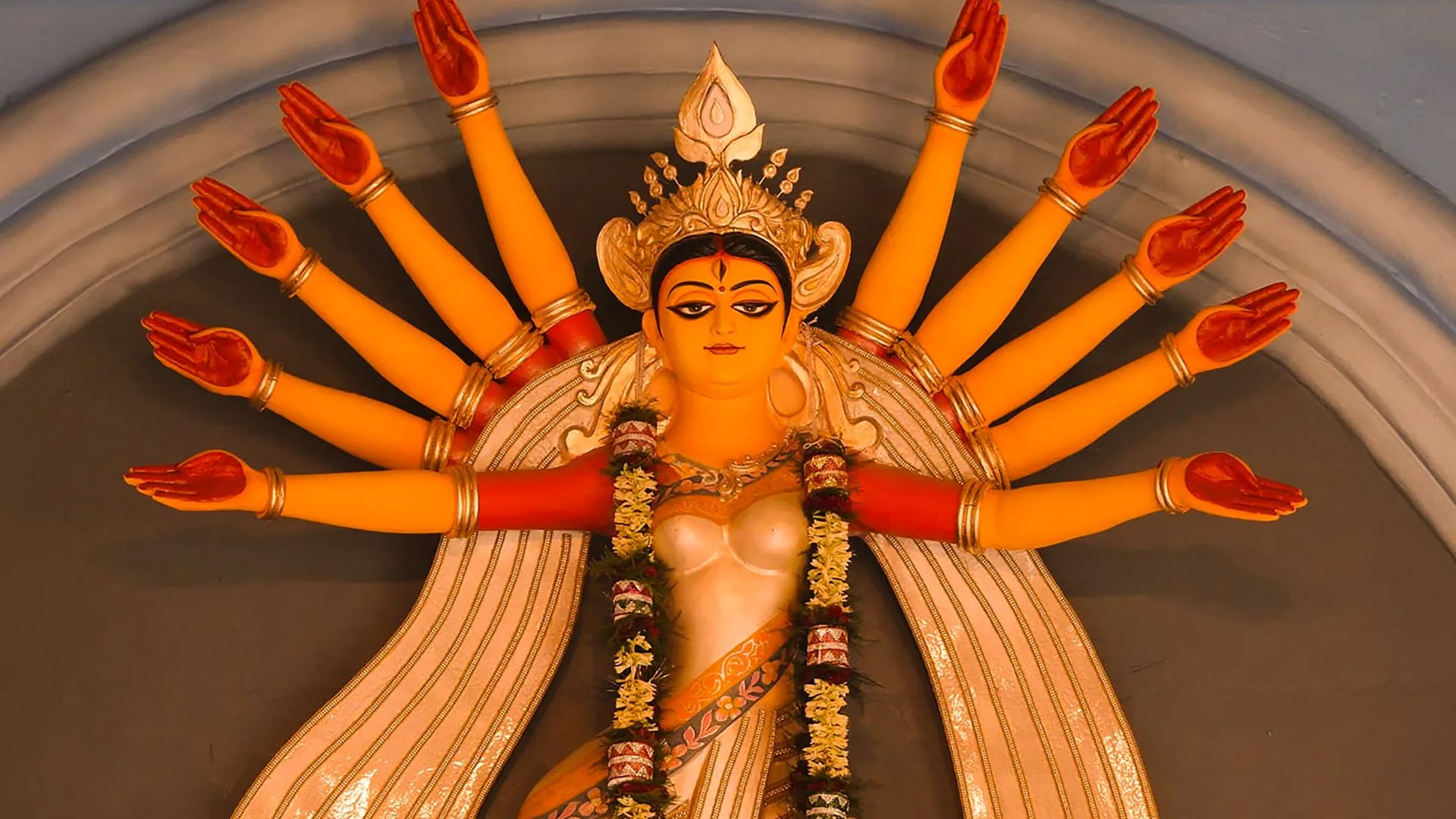How to Perform Navratri Puja?


As the autumn breeze gently whispers through the air, we find ourselves eagerly anticipating the arrival of Navratri, a nine-night festival that celebrates the triumph of good over evil. Navratri, which translates to 'nine nights' in Sanskrit, is a time of deep devotion, vibrant celebrations, and spiritual rejuvenation.
Are you ready to immerse yourself in the magic of Navratri? In this blog post, we will guide you through the Navratri puja vidhi, the traditional ritualistic practices that will help you connect with the divine energy and experience the true essence of this auspicious festival.
At the heart of Navratri lies the ritual of Ghatasthapana, also known as Kalashsthapana. This sacred ritual involves the establishment of a Kalash, a brass or clay pot filled with holy water and adorned with mango leaves and a coconut. Here's how you can perform the Ghatasthapana puja vidhi:
By following these simple steps, you have successfully performed the Ghatasthapana puja vidhi, marking the beginning of Navratri and inviting the divine energy into your home.
During the nine nights of Navratri, devotees engage in the worship of Goddess Durga, seeking her blessings and protection. The Durga Puja vidhi is a comprehensive set of rituals that involve sixteen steps, known as Shodashopachara Durga Puja Vidhi. Let's explore these steps:
By following these sixteen steps of Durga Puja vidhi, you can deepen your connection with Goddess Durga and experience her divine blessings during Navratri.
Are you ready to celebrate Navratri in the comfort of your own home? Here's a simple puja procedure that you can follow to embrace the festive vibes:
By following this simple puja procedure, you can create a sacred and blissful atmosphere in your home during Navratri.
As you immerse yourself in the joyous celebrations of Navratri, let the enchanting fragrances of Phool's eco-friendly incense sticks fill your home with divine aroma. At Phool, we believe in the power of sustainability and cultural pride. Our handcrafted incense products are made from millions of sacred flowers offered in the temples of India, upcycled by over 300 women from marginalized communities.
Experience the essence of Navratri with our flower-based bamboo-less incense sticks, havan cups, essential oils, soy wax candles, and unique gift boxes. Let the divine energy of Navratri infuse every corner of your home, bringing good luck, prosperity, and charm to your festive celebrations.
Discover our collection and create unforgettable memories this Navratri:
May the divine blessings of Goddess Durga fill your life with love, happiness, and prosperity. Wishing you a blissful Navratri!